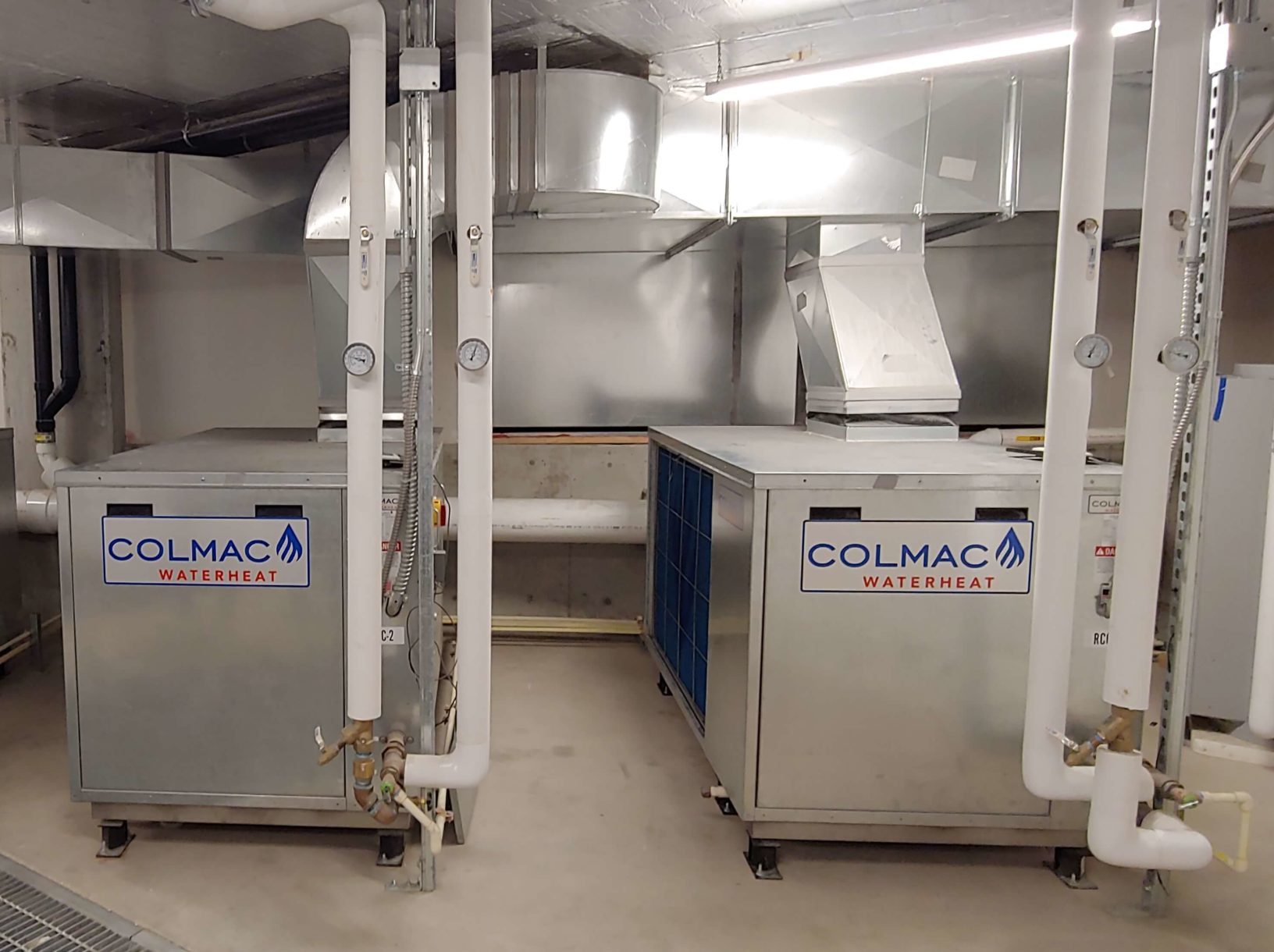
Feature Story: The Shift to All Electric Buildings
A major shift in the building sector is taking place and you should be aware of the implications.
Rapid advancements in technology, government incentives and legislated carbon targets are creating the conditions for fuel switching from natural gas to electricity; known in industry as electrification.
What’s more, this shift to all electric buildings is no longer limited to new construction; it’s becoming increasingly viable for retrofit applications.
This thinking should change the way you look at your next project.
Why and When for Electrification?
While the primary reason for electrification is to help us to move toward a low carbon economy and to mitigate climate change, an additional benefit is improved comfort and delivery of air conditioning. In beautiful B.C., transitioning building HVAC and domestic hot water (DHW) systems from natural gas to electricity will significantly reduce building carbon emissions due to our relatively clean grid.
The Province of B.C. along with several municipalities like the City of Vancouver have set challenging but achievable goals to reduce emissions in buildings by 80% from 2007 levels by 2050. The clock is ticking on Vancouver’s targeted 33% reduction by 2020 and the City recognizes that more accelerated action is needed.
The CoV has planned for all new buildings constructed from 2020 onward to be carbon neutral in operations and that all new and replacement heating and hot water systems are to be zero emissions from 2025 onward.
Yes, you read that right. No natural gas equipment installed in less than 6 years. Government has certainly posed some aggressive targets to challenge the industry but, luckily, technology and experience has set us up for success!
What Electric replacement technology is out there?
Traditionally, there have been several challenges with converting to electric systems that have, up to this point, been more easily answered by natural gas. These include power requirements, ability to deliver energy quickly and efficiently, and capital cost of equipment.
Here are just three of the available technologies that we recommend to help overcome traditional barriers:
- Heat Pumps capture energy from the ambient air (air-source) or recover heat from systems like geo-exchanges (water-source) and upgrade that heat through the refrigeration process. Unlike their gas fired counterparts, they are capable of both heating and cooling, and usually provide seasonal efficiencies of 250% up to 700% in our mild climate around the Lower Mainland and on Vancouver Island. (Cover Photo above)
- Variable Refrigerant Flow (VRF) systems allow for simultaneous heating and cooling, as well as the capability of sharing heat between different spaces and/or exposures. VRF is excellent in retrofit applications due to the smaller infrastructure footprint.
- Heat Recovery Ventilators (HRVs) recover heat from building exhaust air and transfer it to incoming fresh air. They have become so efficient that they can completely eliminate the requirement to heat ventilation air.
Financial Implications of Electrification
Historically, natural gas has been substantially cheaper than electricity per unit of energy, but the relationship is shifting to favour electricity with fluctuating natural gas costs, carbon taxation and much more efficient electric technologies.
To further assist in this transition, the provincial government is providing generous incentives for capital equipment as well as for energy studies that present the business case opportunities.
Capital incentives range up to $200,000 with energy study incentives of up to $20,000. Dollars are awarded based on carbon reductions as demonstrated in an energy study.
See at the end of this story for links to program details.
Take a Thorough Approach to Achieve Success
When switching fuel sources, it’s important to thoroughly consider the implications for both building infrastructure and building occupants in order to make the best possible investment.
Questions that should be asked and answered during the energy study:
- Does the building have the central and local electrical capacity to support new systems?
- Is this an opportunity for better control / individual control of indoor conditions?
- Where should we leverage the opportunity for air conditioning?
In the short to medium term, all buildings will be 100% electric and will one day likely be fueled by a mix of renewable energy both on and off site.
Asking and answering some key questions during the energy study will set you up for success.
We also recommend creating a transition strategy at both the building level and the portfolio level as well as employing a phased approach to new infrastructure.
Now get out there and electrify!
References
Available incentives for electrification and other energy savings measures are well organized on the new CleanBC website:
Residential: https://betterhomesbc.ca/
Commercial: https://betterbuildingsbc.ca/
- See “Custom Program” for the incentive dollars described in this article
To learn more about electrification strategies and zero emissions buildings, check out the Zero Emissions Building Exchange resource section:
Passive House Canada and BC Hydro also have great resources and training available for more information on heat pumps and VRF systems:
https://www.passivehousecanada.com/passive-house-resources/
To get inspired and read more on the CoV’s plans and targets for zero emissions buildings, visit:
https://vancouver.ca/green-vancouver/green-buildings.aspx
https://vancouver.ca/green-vancouver/climate-emergency-response.aspx
- See Big Move #4 for 2025 zero emission equipment described in this article



